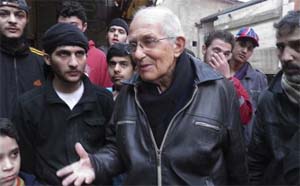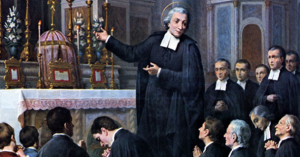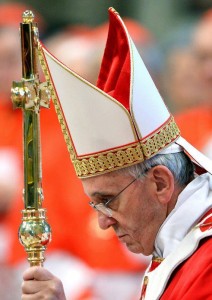In a week’s time many people will be baptized, received into full communion with the Catholic Church or receiving the sacraments of Confirmation and Holy Eucharist. Truly an process of discernment on the parts of the persons and the parish staff who take the time to teach the faith, propose a new way of seeing life, and being a good example that it is possible to be a Catholic. The process we use is called the Rite of Christian Initiation of Adults –the RCIA (and there is another process for children of catechetical age but not yet in regular Christian education).
What I have found is that the RCIA not only forms persons in accepting Jesus Christ into their hearts for the first time, but the RCIA also challenges me to live differently and to recommit myself to the salvation offered to me by the Lord. The RCIA has helped me to love the Church, myself, and others in a deeper way. From experience, I can I say with certainty, that a properly organized RCIA process will show the contours of faith and reason by demonstrating a Catholic faith is not decrepit but rooted in Jesus Christ showing the to world how to become authentic apostles. A properly organized RCIA program will give the fullness of the revealed faith and the faith, not chain of opinions or sentimental moralisms.
I think some of the key questions before all of us this Lent is: In what ways has the content of the Catholic faith changed me? Am I familiar with the Lord? Have I developed the capacity with the Gifts of the Holy Spirit to share the good news with others? Am I willing to say that Jesus Christ is Lord, Savior and a priority in my life, today and forever?
A recent article by Catherine Quinn, “I Was a Pagan, Hedonistic, Man-hating Feminist. But Now I am Catholic. This is My Story: How I found happiness in the place I least expected.” Ms Quinn will open a new door for you.







-thumb-400x432-14199.jpg)